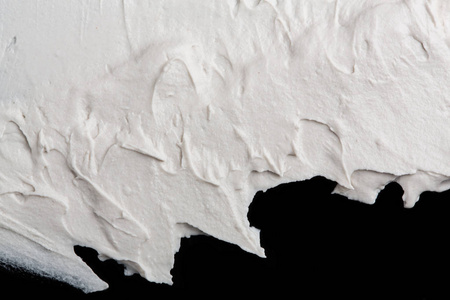The formula design of gypsum self leveling defoamer needs to comprehensively consider the defoaming effect, stability, compatibility with the substrate, and environmental requirements. By adjusting the type and dosage of surfactants and optimizing the additive system, high-performance defoamer products can be produced. At the same
time, formula design also needs to consider cost control to achieve a balance between economic and environmental benefits.

The mechanism of action of defoamers in gypsum self leveling materials is complex and diverse, mainly including physical adsorption, chemical reactions, and interfacial tension regulation. Through these mechanisms, defoamers can quickly penetrate and destroy the bubble wall, promoting the merging and rupture of bubbles, thereby
achieving the goal of eliminating bubbles.
When evaluating the performance of gypsum self leveling defoamers, attention should be paid to indicators such as defoaming speed, foam suppression durability, impact on material properties, and environmental performance. Through laboratory testing and practical application verification, the performance of defoamers can be
comprehensively evaluated, providing a basis for selection and use. Add in moderation, add defoamer according to the recommended dosage, avoid excessive or insufficient, stir evenly, ensure that the defoamer is fully mixed with the gypsum self leveling material, control the time, and add defoamer at the appropriate time during the mixing
process to ensure its full effectiveness. Pay attention to the temperature, humidity and other conditions of the construction environment to avoid adverse effects on the defoaming effect.

 English
English
 Chinese
Chinese Vietnamese
Vietnamese
 HOME
HOME
 PRODUCT
PRODUCT
 NEWS
NEWS
 CONTACT
CONTACT


